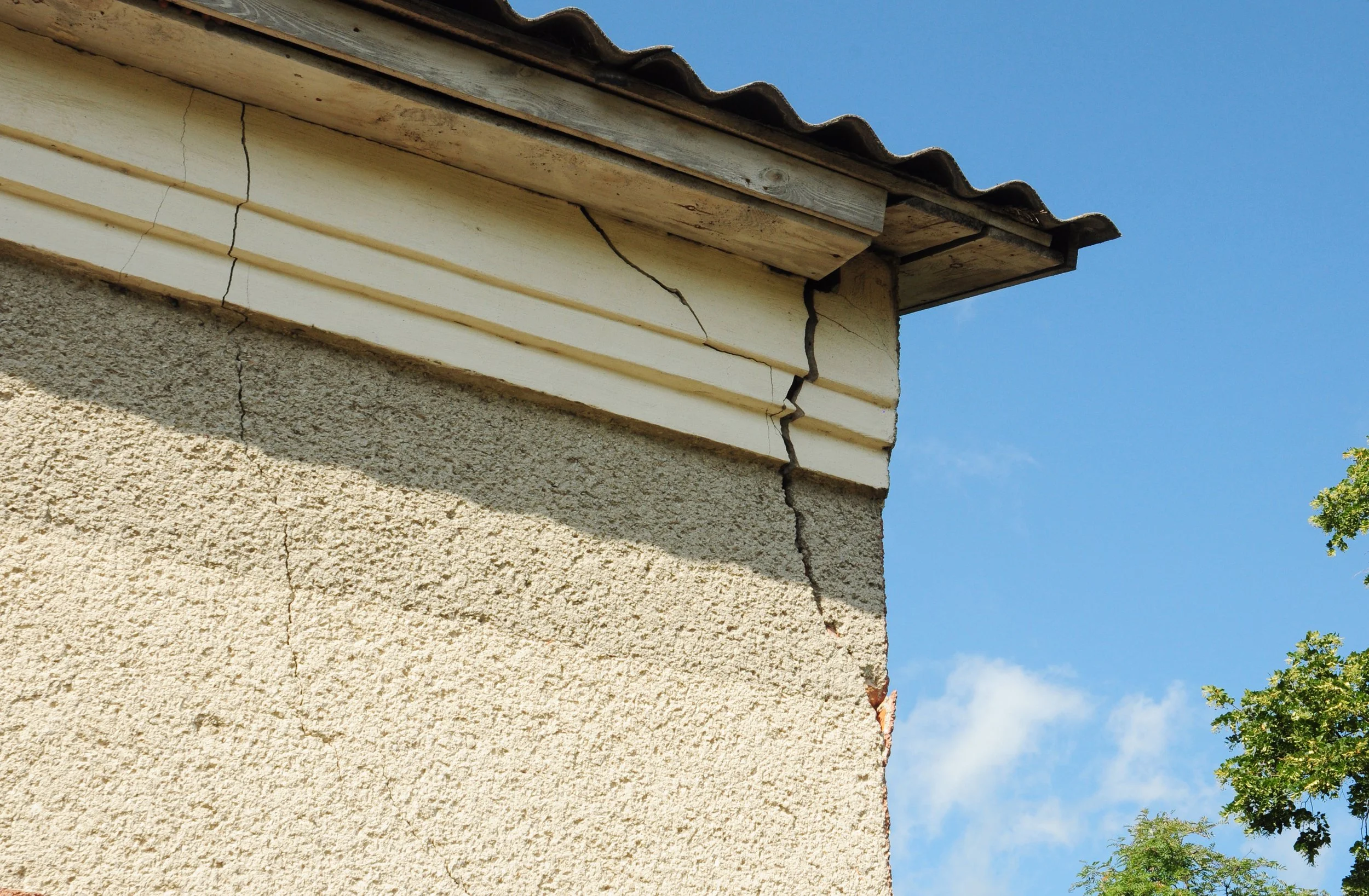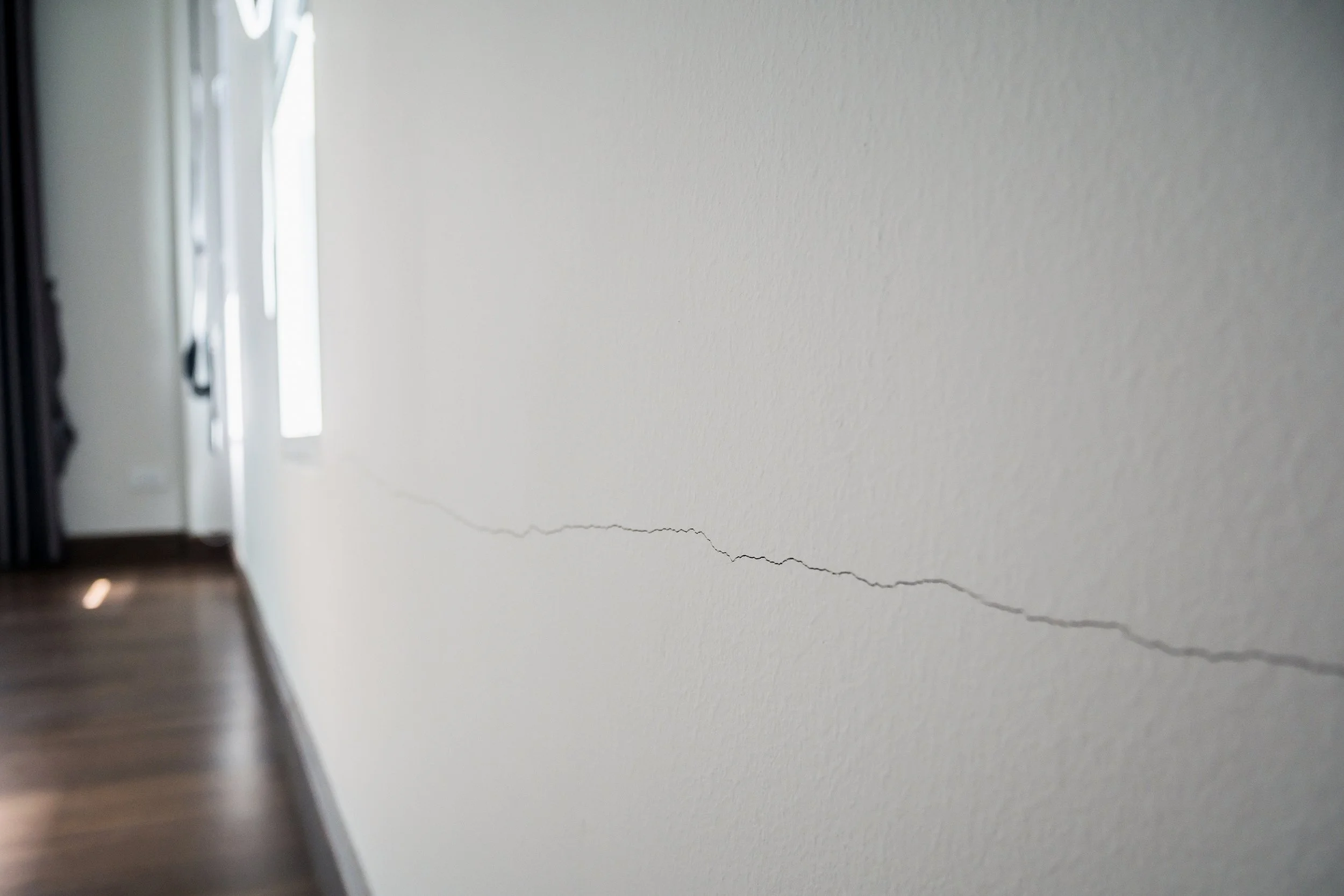Building inspections: Building inspectors vs structural engineers
Who should you choose to conduct a building inspection? Both structural engineers and building inspectors can conduct building inspections. Although both will have overlapping areas of knowledge and methods of inspection, there are a few key differences between each inspection and report
Building inspectors vs structural engineers
Structural engineering inspections are usually conducted by engineers that are involved in forensic investigations. This is a field that focuses on finding the causes of damage, how to fix the damage and how to prevent it from reoccurring. Forensic engineers are often engaged to inspect damage in houses that are up to 100 years old and must have in-depth knowledge of past and present codes, standards and building methods.
A building inspector will often have a background as a surveyor, tradesman, builder or estimator. Their experience tends to give them particularly in-depth knowledge of current codes and standards, but may be less versed with older houses.
The difference in inspections
Engineers and building inspectors will both assess the inside and outside of a dwelling, as well as the roof and subfloor cavities (where applicable). However, both specialists will not inspect areas that are deemed to be unsafe or inaccessible.
Both types of inspectors will focus on:
Damage to the inside of the house
Damage on the outside of the house
Noticeable rises or falls in the floors
Defects in the gutters and downpipes
Additionally, a building inspector will tend to focus on areas such as:
The overall quality of finishes; such as tiling and paintwork
Issues with plumbing and electrical systems
Comment on the condition of permanent fixings
Cracking in plaster or masonry (but may refer the Client to an engineer if significant)
Waterproofing/damp proofing issues
The presence of timber pests
Issues with wet areas: kitchen fixtures, tiles, sinks and taps
Whereas an engineer will tend to focus on areas such as:
Cracking in plaster and masonry
The performance and condition of the footings
Signs of structural fatigue or damage
Waterproofing/damp proofing issues and if it has caused any structural damage
The effects of nearby trees
The effects of plumbing issues and site drainage on the structure
Structural engineers may also offer floor-level surveys at an additional cost. This testing can be used to determine the degree of movement and aesthetic damage expected to occur throughout the year.
Difference in reports
Structural reports focus on damage and movement to the structure, particularly looking at the performance of the footings, wall framing and roof framing. Although aesthetic damage, such as cracking in plaster and masonry will also be commented on, engineers will focus on ‘big picture’ issues.
Engineers draw on their experience in building and insurance disputes to determine the risk of larger issues occurring down the line. Most structural engineers will have a decent knowledge of the soil within Victoria and how they can affect a house.
Building reports will document all defects that are visible to them, including damage and code violations. Their reports often include assessments of non-structural aspects of the house, such as the condition of tiles or the number of electrical power points in a given room.
Building inspection reports can identify potential structural issues, however building inspectors will not be able to provide further explanations of the cause of damage. In the instance that building inspectors detect potential structural damage, they will refer clients to structural engineers for further clarity.
The last step of the assessment is determining the BAL. The information from the previous steps is collated and used to find the BAL via tables provided in AS3959. This rating is then passed onto the engineer and builder to incorporate preventative measures into the design of the house.
Which inspector should you choose?
It is recommended that you first go to a building inspector when looking at purchasing a property. This is a great first step to see a general overview of the condition of the property. If you’ve recently built a new home or bought a home that is only a few years old, the home will most likely still be covered the builder’s warranty. In this instance, as building inspector's report will provide a long list of small issues that the original builder will have to come back and rectify.
If you are a homeowner and are either concerned with the structural soundness of your, or looking into renovating your home, it is recommended that you go straight to an engineer. Structural engineers will be able to conduct tests and provide you advice in relation to sinking floors, movement, cracking and other structurally related issues. They’ll also be able to guide you through the process of renovations, particularly if you are wanting to knock down a wall or do an extension of your property. In both scenarios, a structural engineer will be able to determine current or potential structural issues, saving homeowners from unexpected repair costs and stress down the line.
As with all professions, it is important to remember that both inspectors and engineers can be great or terrible, so make sure you do your research!
What we can do for you
Call Arbiter Group today to chat about a structural building inspection on 1300 272 483. Alternatively, get in touch on our website to receive a free quote.




